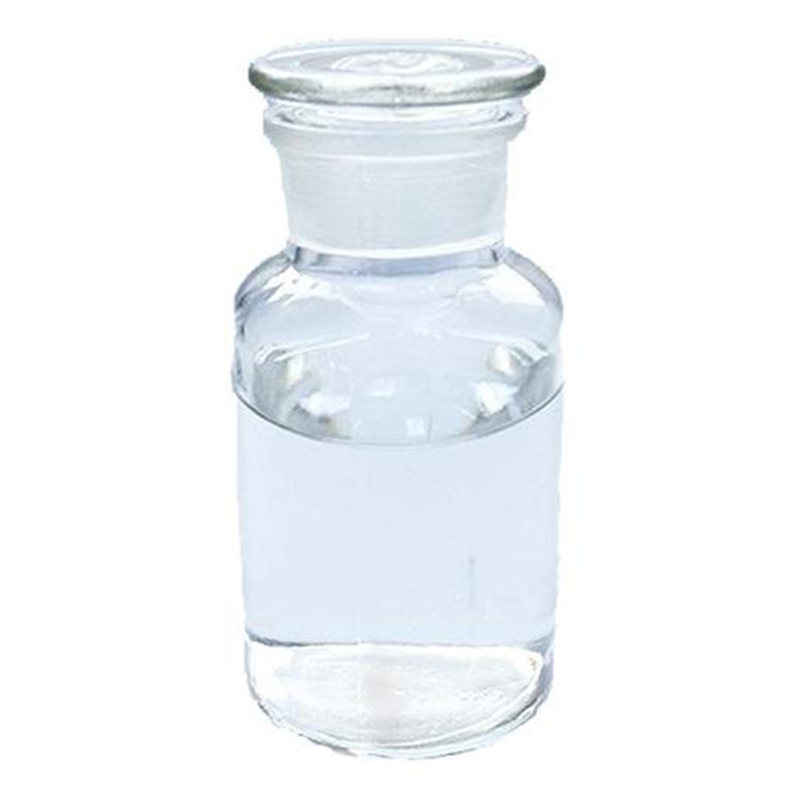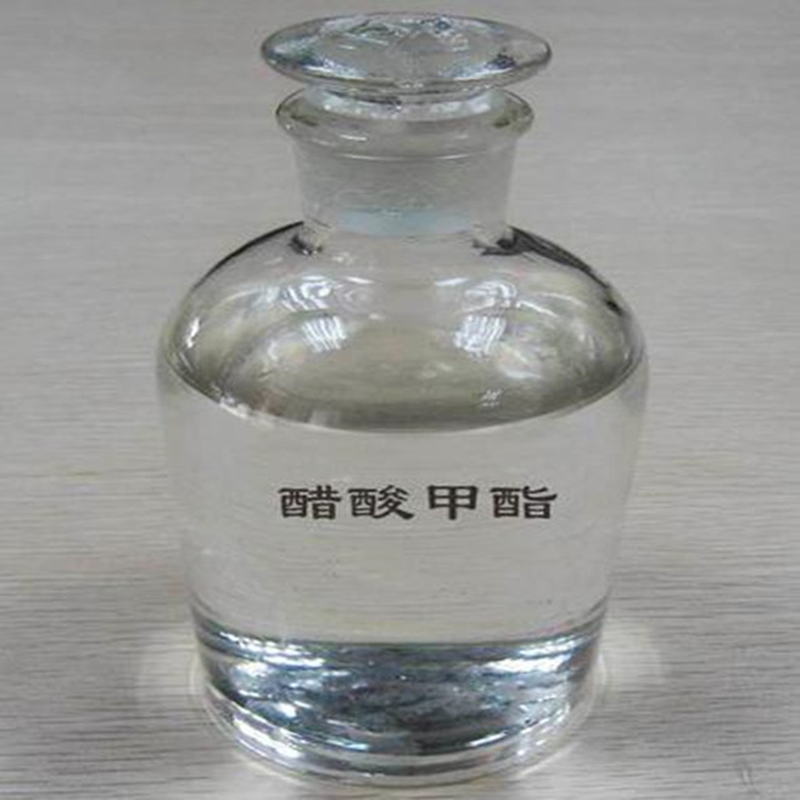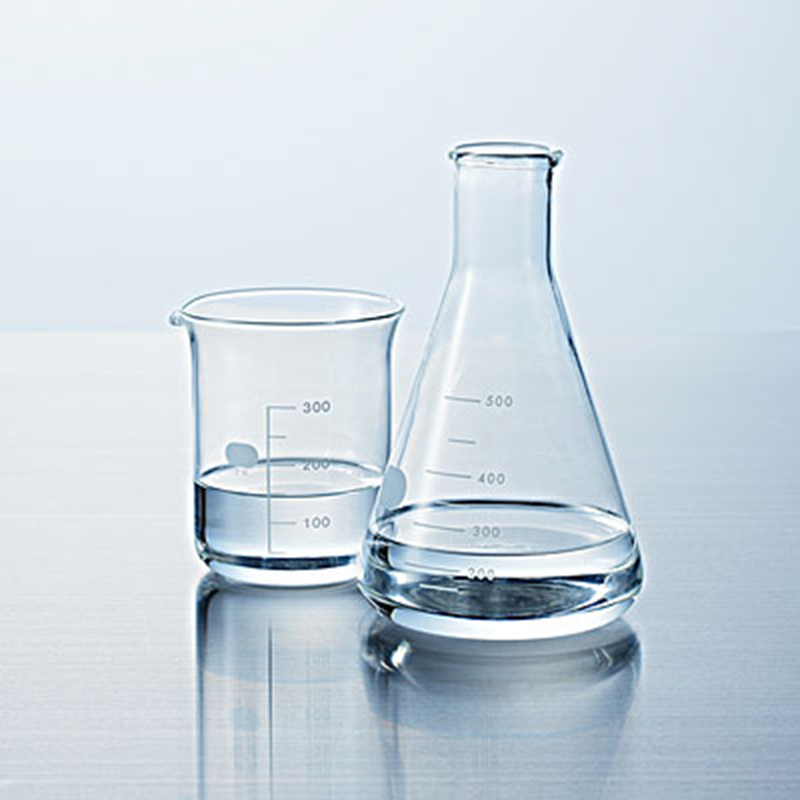
DMF
Key words:
DMF
Classification:
- Details
-
DMF
N,N-Dimethylformamide is a chemical, colorless and transparent liquid, which is both an extremely versatile chemical raw material and an excellent solvent for a wide range of uses. In addition to halogenated hydrocarbons can be mixed arbitrarily with water and most organic solvents. It has good solubility and chemical stability for many organic and inorganic compounds.
Storage method
Storage Precautions Store in a cool, ventilated warehouse. The storage temperature should not exceed 37℃. Keep away from fire and heat source. Keep the container sealed. Store separately from oxidizing agents, reducing agents, halogens, etc. Do not mix storage. Use explosion-proof lighting and ventilation facilities. Prohibit the use of mechanical equipment and tools that are easy to generate sparks. The storage area should be equipped with leakage emergency treatment equipment and suitable sheltering materials.
Use
1. Dimethylformamide is a good solvent for many kinds of polymers such as polyethylene, polyvinyl chloride, polyacrylonitrile, polyamide, etc. It can be used for wet spinning of synthetic fibers such as polyacrylonitrile fibers and synthesis of polyurethane; used in plastic film making; it can also be used as a paint remover to remove paints; it can also dissolve certain pigments of low solubility to make the pigments with the characteristics of dyes. Dimethylformamide is used for aromatics extraction as well as for the separation and recovery of butadiene from carbon IV fraction and isoprene from carbon V fraction, and can also be used as an effective reagent for the separation of non-hydrocarbon components from paraffin.
2. It has good selectivity for the solubility of isophthalic acid and terephthalic acid: isophthalic acid is more soluble in dimethylformamide than terephthalic acid, and the two can be separated by solvent extraction or partial crystallization in dimethylformamide. In petrochemical industry, dimethylformamide can be used as gas absorbent to separate and refine gas.
3. In organic reaction, dimethylformamide is not only widely used as a solvent for reaction, but also an important intermediate in organic synthesis. In pesticide industry, it can be used to produce amitraz.
4. Non-aqueous solution titration reagent, vinyl resin and acetylene solvent, organic synthesis, photometric determination, gas chromatography stationary solution (the highest temperature of 50 ℃, solvent methanol), separation and analysis of C2-C5 hydrocarbons, and can be separated from ortho and isobutylene] and cis and trans-butylene. Pesticide residue analysis. Organic synthesis. Peptide synthesis. Photographic industry.
5. An excellent solvent and chemical raw material for a wide range of uses. For a variety of polymers such as polyethylene, polyvinyl chloride, polyacrylonitrile, polyamide, etc. are good solvents. Can be used for polyacrylonitrile fibers and other synthetic fibers wet spinning; polyurethane synthesis; in addition to paint paint; selective absorption of acetylene and butadiene separation and refining; the production of artificial leather used as a solvent; in the pesticide used for the synthesis of pesticides; pharmaceutical industry can be used for the synthesis of iodoamino-pyrimidines, prednisomycin, cortisone, vitamin B6. iodine glycoside, pinwashing, thiopyrimidines, N-formyl solubilizing carnosine, antitumor Amino acid, methoxyfonyl mustard, byzantine mustard, cyclohexylnitrosourea, furofenuronyl pyrimidine, hemostatic cyclic acid, befamethasone, medroxyprogesterone, cholestyramine, paracetamol, and so on.
6. Used as solvent and organic modifier in liquid chromatography, extractant and unfolding agent for thin-layer chromatography, solvent for vinyl resin and acetylene, and solvent for non-aqueous solvent titration. And used in organic synthesis.
7. Mainly used as industrial solvents, the pharmaceutical industry for the production of hormones, also used in the manufacture of insecticides.
Other precautions
(A) first aid measures
Skin contact: Remove contaminated clothing immediately and rinse with plenty of running water for 20-30 minutes. If feeling unwell, seek medical attention. If there is discomfort, seek medical attention.
Eye contact: Immediately lift the eyelids and rinse thoroughly with plenty of running water or saline for 10-15 minutes. If discomfort occurs, seek medical attention.
INHALATION: Remove quickly from scene to fresh air. Keep airway open. If breathing is difficult, give oxygen. For respiratory and cardiac arrest, perform CPR immediately. Seek medical attention.
Ingestion: Drink sufficient warm water and induce vomiting. Seek medical attention.
(ii) Fire-fighting measures
Hazardous Characteristics: Flammable, when exposed to open flame, high heat or contact with oxidizing agent, there is a danger of causing combustion and explosion. It can react violently with concentrated sulfuric acid and fuming nitric acid, and even explode. Reacts strongly with halides (e.g. carbon tetrachloride).
Harmful combustion products: carbon monoxide, nitrogen oxides.
Fire extinguishing methods: use fog water, anti-soluble foam, dry powder, carbon dioxide, sand to extinguish the fire.
Fire-fighting precautions and measures: Firefighters must wear gas masks, full-body firefighting suits, and extinguish the fire in the upwind direction. Move containers from the fire scene to an open place as far as possible. Spray water to keep the containers in the fire scene cool until the end of extinguishing the fire. Containers in the fire scene must be evacuated immediately if they have changed color or if sound is generated from the safety relief device.
(iii) Leakage Emergency Response
Emergency action: Eliminate all ignition sources. Delineate a cordon area according to the area of influence of liquid flow and vapor spread, and evacuate uninvolved personnel to a safe area from the side winds and upwind direction. Emergency response personnel are advised to wear positive pressure self-contained breathing apparatus and anti-static clothing. All equipment used during operation should be grounded. Prohibit contact with or crossing of the spill. Cut off the source of the leak if possible. Prevent spills from entering bodies of water, sewers, basements or confined spaces. SMALL SPILL: Absorb with sand or other non-combustible material. Use clean, non-sparking tools to collect absorbent material. Large spills: Construct a dike or dig a pit to contain the spill. Absorb large quantities of liquid with fly ash or lime dust. Cover with insoluble foam to reduce evaporation. Spraying water mist reduces evaporation but does not reduce the flammability of the spill in a confined space. Transfer to a tanker or special collector with an explosion-proof pump.
(D) operation disposal and storage
Operation precautions: closed operation, full ventilation. Operators must be specially trained and strictly follow the operating procedures. It is recommended that operators wear filtered gas mask (half mask), chemical safety glasses, chemical protective clothing and rubber gloves. Keep away from fire and heat sources, and smoking is strictly prohibited in the workplace. Use explosion-proof ventilation systems and equipment. Prevent vapors from leaking into the workplace air. Avoid contact with oxidizing agents, reducing agents, halogens, and acids. Filling should control the flow rate to prevent static electricity accumulation. Handling should be light to prevent damage to packaging and containers. Equip with appropriate varieties and quantities of fire-fighting equipment and emergency response equipment for leakage. Empty containers may retain harmful substances.
Storage precautions: Store in a cool, ventilated warehouse. The storage temperature should not exceed 37℃, and keep away from fire and heat source. Keep the container sealed. Store separately from oxidizing agents, reducing agents, halogens, etc. Do not mix storage. Use explosion-proof lighting and ventilation facilities. Prohibit the use of mechanical equipment and tools that are easy to generate sparks. The storage area should be equipped with leakage emergency treatment equipment and suitable shelter materials.
(E) Individual protection
The production process is airtight, fully ventilated, and safety shower and eyewash equipment is provided; when the concentration in the air exceeds the standard, wear filtering gas mask (half mask); wear chemical safety glasses; wear chemical protective clothing; wear rubber gloves; smoking is strictly prohibited at the work site; after the work is finished, shower and change clothes.
(F) Waste disposal
Nature of waste: Hazardous waste
Waste disposal method: Dispose by incineration. Mix with fuel and then incinerate. The nitrogen oxides discharged from the incinerator are removed by a scrubber.
Waste Precautions: Refer to relevant national and local regulations before disposal. Return emptied containers to the manufacturer or bury them in a specified place.
Leave A Message
More Products





